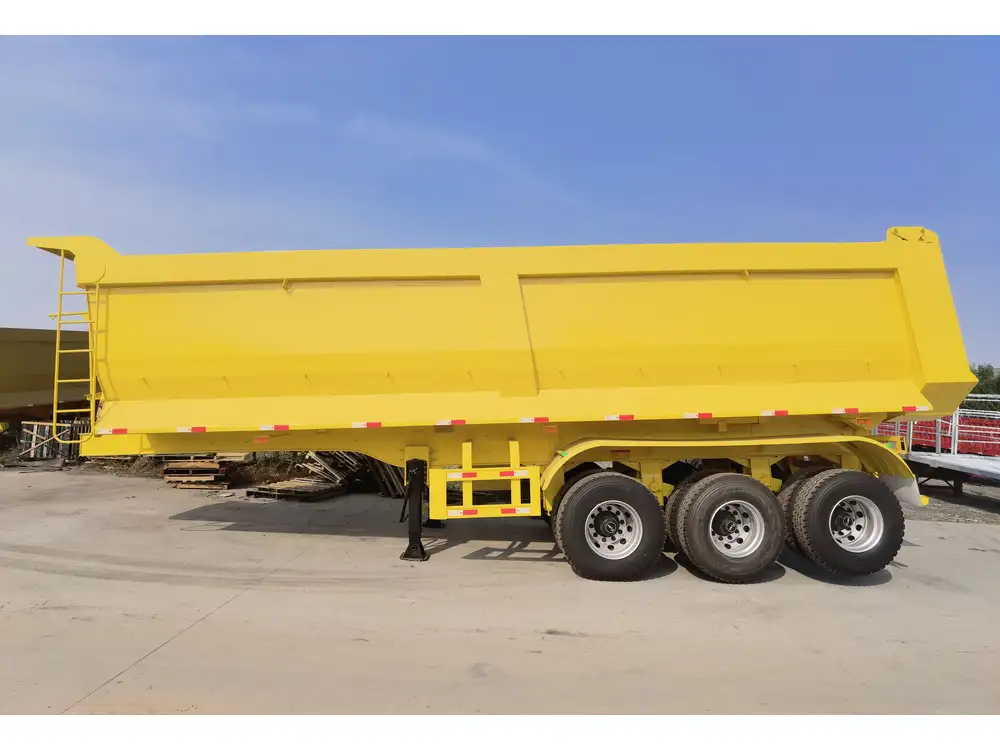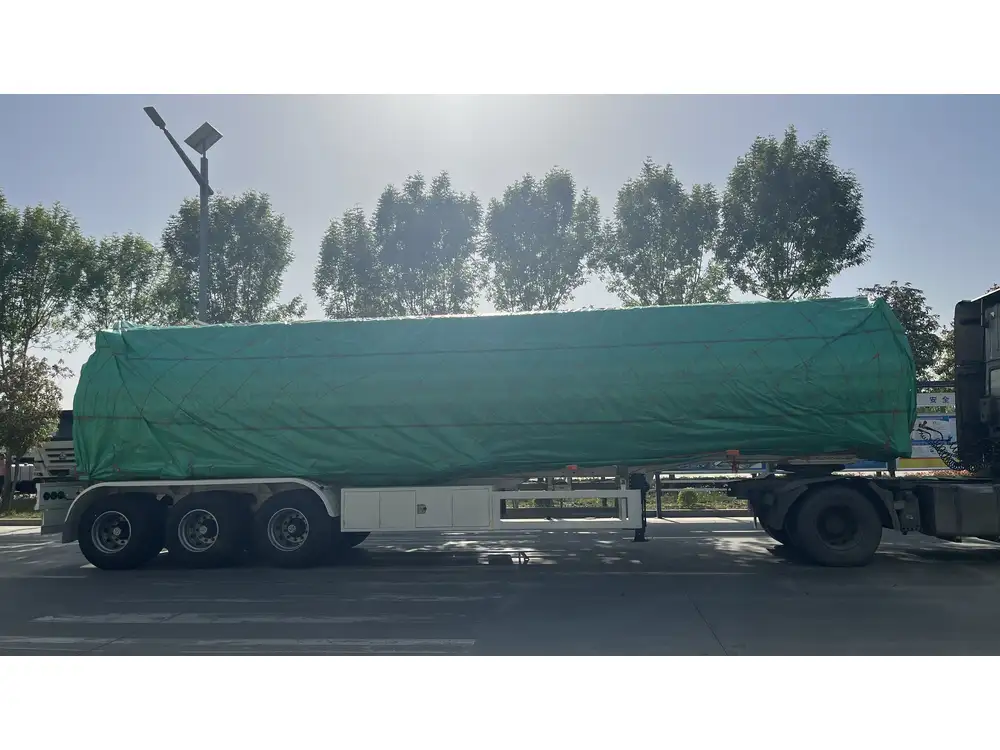When it comes to choosing a travel trailer, one of the key considerations that must not be overlooked is the placement of the fresh water tank. In the world of camping and road travel, this seemingly simple component significantly influences functionality and convenience. In this comprehensive guide, we delve into the nuances of fresh water tank placement in travel trailers: should it be positioned under the trailer or housed inside?
The Basics of Fresh Water Tanks
Before we delve into the pros and cons of each placement option, let’s understand what a fresh water tank is and its importance in a travel trailer.
What is a Fresh Water Tank?
A fresh water tank is a crucial element of any travel trailer’s plumbing system. It stores potable water that is used for drinking, cooking, cleaning, and bathing. The tank’s size can range from 10 gallons in smaller units to over 100 gallons in larger models, catering to various user needs.

Why Fresh Water Storage Matters
For any travel trailer user, the convenience and accessibility of fresh water is vital. Whether you’re embarking on a weekend getaway or an extended cross-country journey, the ability to have water readily available for cooking or hygiene can greatly enhance your overall experience. Inadequate water storage or inefficient retrieval systems can cause inconvenience, leading you to rethink your choice of trailer.
Placement Options: Under the Trailer vs. Inside
When deciding between having the fresh water tank located under the trailer or inside it, several factors come into play, including ease of access, space efficiency, weight distribution, and protection from environmental elements.
Fresh Water Tanks Located Under the Trailer
Pros:
Space Optimization: By situating the fresh water tank underneath, more interior space is made available for living or storage areas.
Weight Distribution: Tanks positioned lower can contribute to a better center of gravity for the trailer. A well-balanced trailer is easier to tow and provides a more stable ride.
Ease of Drainage: Having the tank located beneath allows for more efficient drainage, which can simplify maintenance tasks.
Cons:
Exposure to Elements: Tanks installed underneath are more susceptible to damage from road debris or harsh weather, including frost and snow accumulation. Winterization becomes essential.
Accessibility Issues: Accessing a tank under the trailer can be cumbersome, especially when it comes to monitoring levels or performing maintenance.
Potential for Leakage: External tanks may face more risks of punctures or leaks, creating potential issues for your vehicle and the environment.

Fresh Water Tanks Located Inside the Trailer
Pros:
Protection From Elements: An interior water tank is shielded from environmental factors, extending the lifespan of the tank and its contents.
Easy Access for Maintenance: If you need to check on levels or perform repairs, an inside tank offers considerably easier access.
Temperature Regulation: Interior tanks maintain a more consistent temperature, preventing freezing during colder months and ensuring clean water quality.
Cons:
Space Constraints: Positioning a fresh water tank inside can limit living and storage space, particularly in smaller trailers.
Weight Distribution Issues: Interior tanks can affect how weight is distributed in the trailer, which may potentially lead to handling difficulties while towing.
Pressure Considerations: Managing water pressure can be slightly more complex since interior tanks may require additional systems to ensure that they function optimally.
Key Factors to Consider
1. Intended Usage
Consider how you will primarily use your travel trailer. Will you be embarking on short trips or long journeys? If your travels are extensive, an interior tank might provide greater convenience and reliability in terms of temperature and water access. However, if you’re primarily weekend camping or exploring local sites, an external tank can suffice without much hassle.

2. Climate Conditions
Your geographic location plays a significant role in tank placement. For instance, if you live in an area with harsh winters, an interior tank is often preferable to avoid freezing issues. Conversely, if your region experiences milder conditions, an external tank may still serve you adequately with thoughtful winterization techniques.
3. Vehicle Design
Different travel trailer designs cater to various needs and preferences. Be sure to assess how tank placement affects overall vehicle performance and design aesthetics. Seek trailers specifically designed with your preferred tank placement to ensure optimal functionality.
4. Maintenance and Repairs
Take into account the level of maintenance you are willing to perform. Tanks inside are simpler to inspect, however, if a leak or issue arises inside, repairs can be more complicated. On the other hand, external tanks might require more frequent checks for damage from road conditions.

5. Budget Considerations
Cost factors into the decision-making process as well. Interior tanks may demand more complex plumbing systems, raising initial costs. Conversely, external tanks may encounter additional expenses involving weather protection and insulation.
Summary Table of Pros and Cons
| Aspect | Under Trailer | Inside Trailer |
|---|---|---|
| Space Optimization | Yes | No |
| Protection from Elements | No | Yes |
| Ease of Maintenance | Difficult | Easy |
| Weight Distribution | Stable | Requires careful management |
| Accessibility | Limited access | Fully accessible |
| Temperature Regulation | Variable | Consistent |
Troubleshooting Potential Problems
Despite meticulous planning, issues may arise regarding the fresh water tank, irrespective of its placement. Below are some common problems and solutions:

Low Water Pressure
- Air Leak in Lines: Inspect hoses for evidence of wear or cracks.
- Check Pump Functionality: Verify that the water pump is operating correctly and is free of debris or blockages.
Water Contamination
- Inspect Tank Regularly: Routinely check the interior tank for any signs of algae or sediment.
- Use Water Filters: Install filters to ensure water quality, especially in an external tank subject to debris accumulation.
Freezing Issues
- Insulation: For external tanks, adding insulation can be beneficial.
- Heated Water Hoses: Consider investing in heated water hoses to maintain functionality in cold conditions.

Conclusion
Both the placement of fresh water tanks under travel trailers or inside comes with distinct advantages and challenges. By weighing the factors mentioned above according to your preferences and usage, you will ultimately arrive at the most suitable decision for your travel trailer needs.
Whether you prioritize space, convenience, protection, or aesthetics, achieving the ideal setup for your travel adventures is an attainable goal. A well-chosen fresh water tank placement not only elevates your travel experience but also contributes to the longevity and reliability of your travel trailer.
Explore various travel trailer options, evaluate their features, and make an informed decision that aligns with your lifestyle and travel aspirations. Happy travels!



